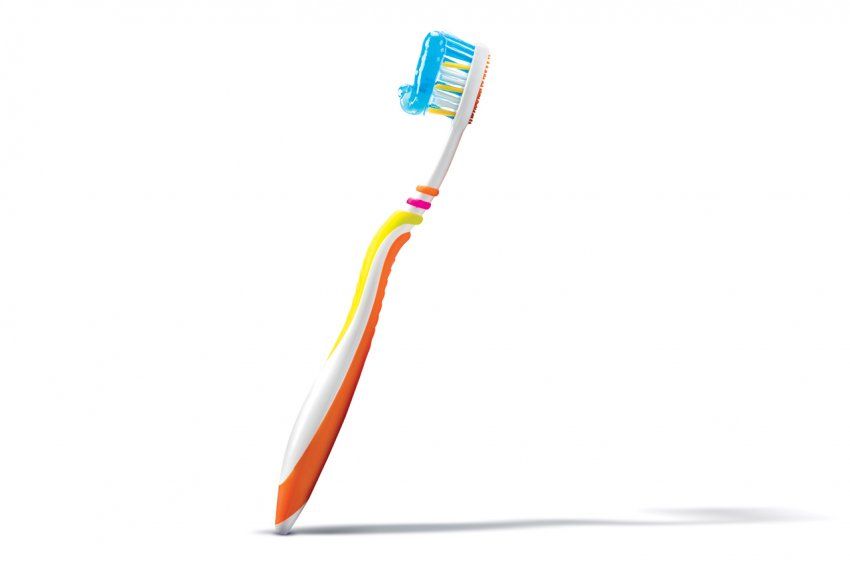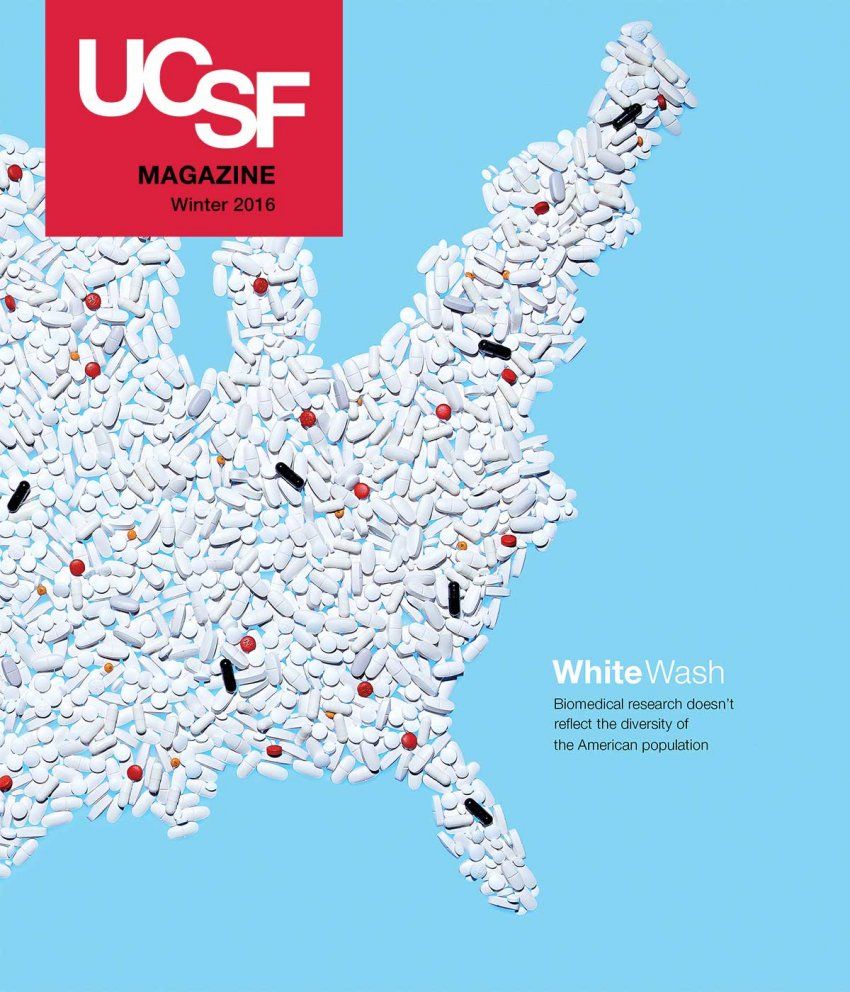
How Can We Better Prevent Tooth Decay?
School of Dentistry Dean John Featherstone, PhD, explains his new philosophy of preventive dentistry.

Photo: AleaImage
What causes tooth decay?
The human mouth contains bacteria that feed on the fermentable carbohydrates we ingest. They produce acid, the acid dissolves our tooth enamel, and we end up with dental caries, which is the scientific name for cavities. Multiple species of bacteria – at least 10 and maybe more – contribute to dental caries.
How did you discover the bacterial connection?
Forty-two years ago, I started trying to unravel the basic mechanism of how and why decay occurs in the mouth. There were several of us around the world who approached the question from different scientific points of view to come up with a better understanding. We wanted to develop a risk assessment protocol or a caries prediction protocol. The result was CAMBRA.
What is CAMBRA?
CAMBRA – which stands for Caries Management by Risk Assessment – is a philosophy of preventive dentistry that precisely assesses the risk of decay and addresses it with treatments and therapies calibrated to the risk level. We determine the level of risk for an individual: low, moderate, high, or extreme. The next step is to deliver therapies tailored to that particular person that will help bring their risk level down. This is, essentially, precision health.
What causes higher risk?
Compromised saliva flow. Saliva, the fluid in your mouth, can be a bit of a nuisance, but it’s essential. It keeps your mouth moist, it has antibacterial properties, it repairs tooth decay, and it protects against gum disease. It does amazing things. Our data tell us that in extreme-risk patients – those with compromised saliva production – 88 percent came back within two years with new decay. In those at extreme risk, you can basically guarantee they’re going to have new decay in the very near future, sometimes within six months.
How can you beat a high risk level?
We recommend using a prescription-strength fluoride toothpaste with five times the fluoride concentration of regular over-the-counter toothpaste. Yet in high-risk patients, the challenge is so great that fluoride alone won’t take care of it, so we also use an antibacterial called chlorhexidine. It kills a lot of bacteria and is sometimes used in general surgery, but it’s not targeted to a specific bacterium. There’s research going on around the world right now to develop better-targeted antibacterials.
How about those at extreme risk?
Many people take medication for various health issues that dry up their saliva and put them at great risk for dental decay. For example, you might solve an anxiety problem with a drug but end up giving the patient dental problems. We need to interact with physicians in an interprofessional capacity. We need to get nurses and pharmacists involved, too. That’s a big part of the future of this field.



